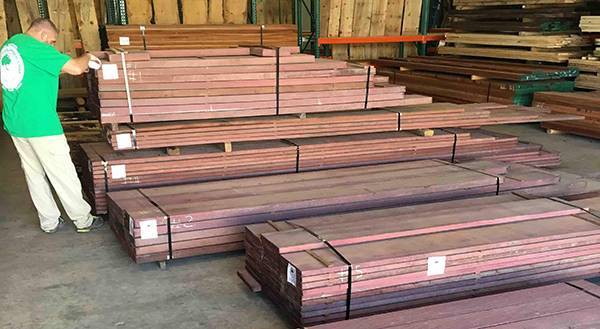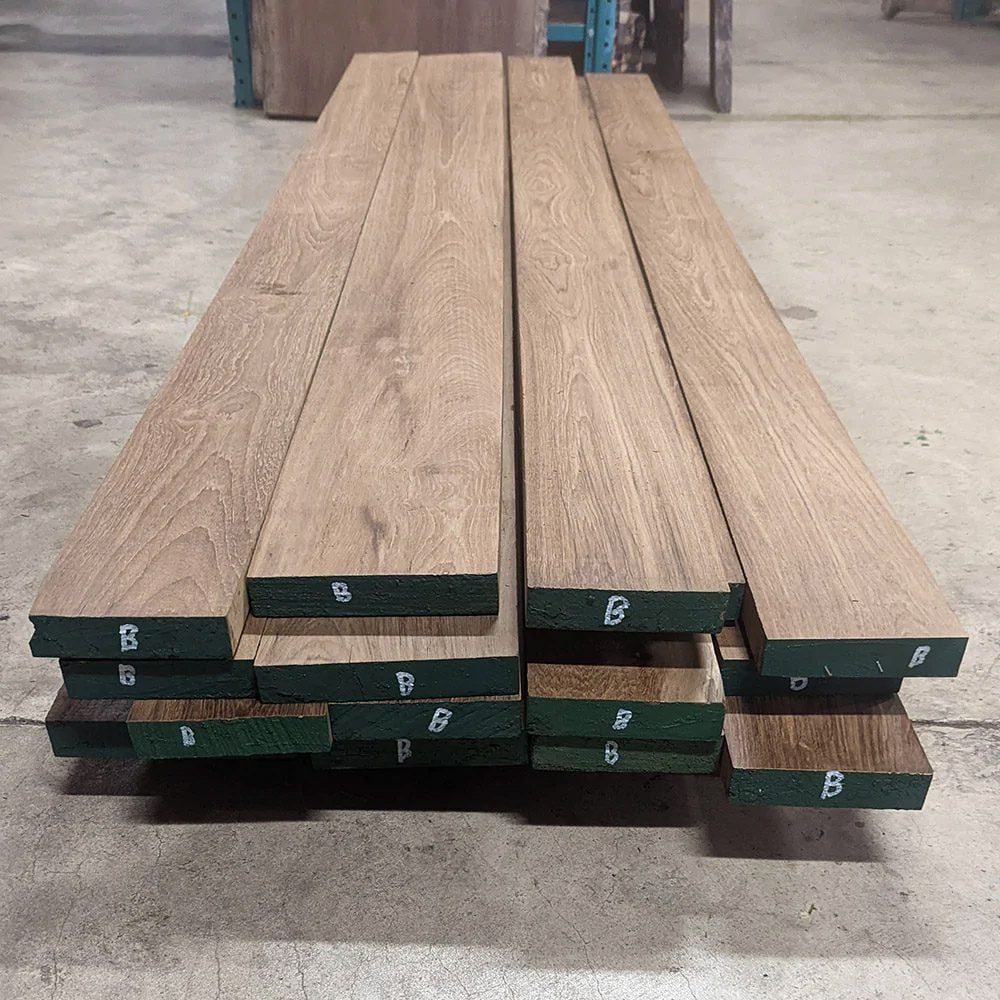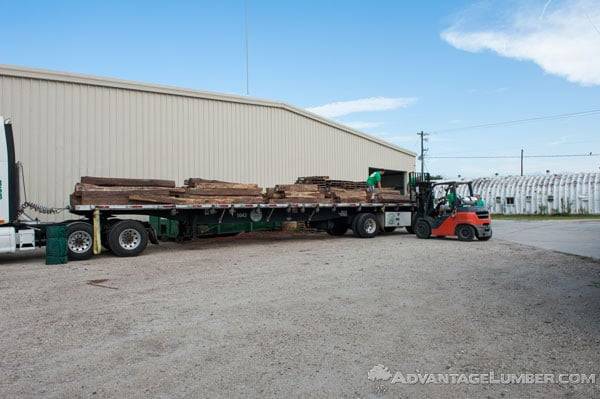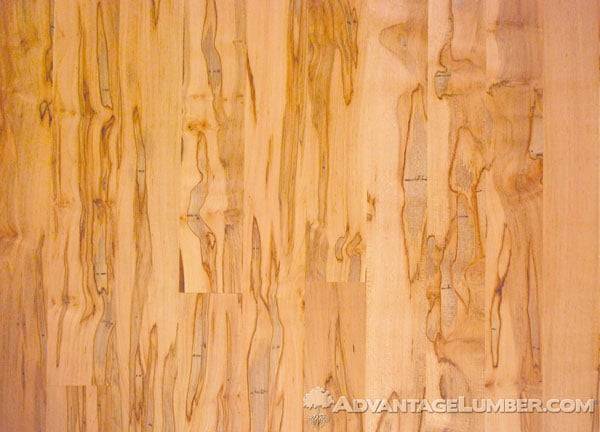Our large shipment of Cocobolo included some of the largest logs we’ve ever received! It’s exciting to see such variety in our supply because we can expand our product lines for you.
4 Common Questions About Purpleheart Wood – Answered
At AdvantageLumber.com, we get a lot of questions from customers curious about exotic hardwoods, and one of the most intriguing is Purpleheart wood. Known for its bold color and exceptional strength, Purpleheart is a favorite for both decorative and structural applications. Below we answer the four most common questions we receive about this unique tropical …




